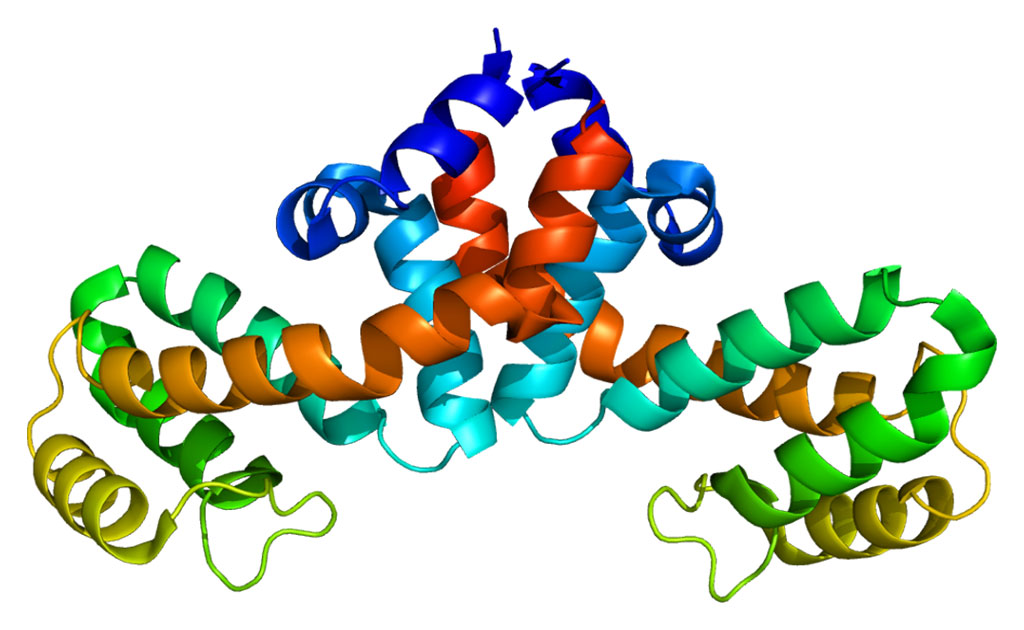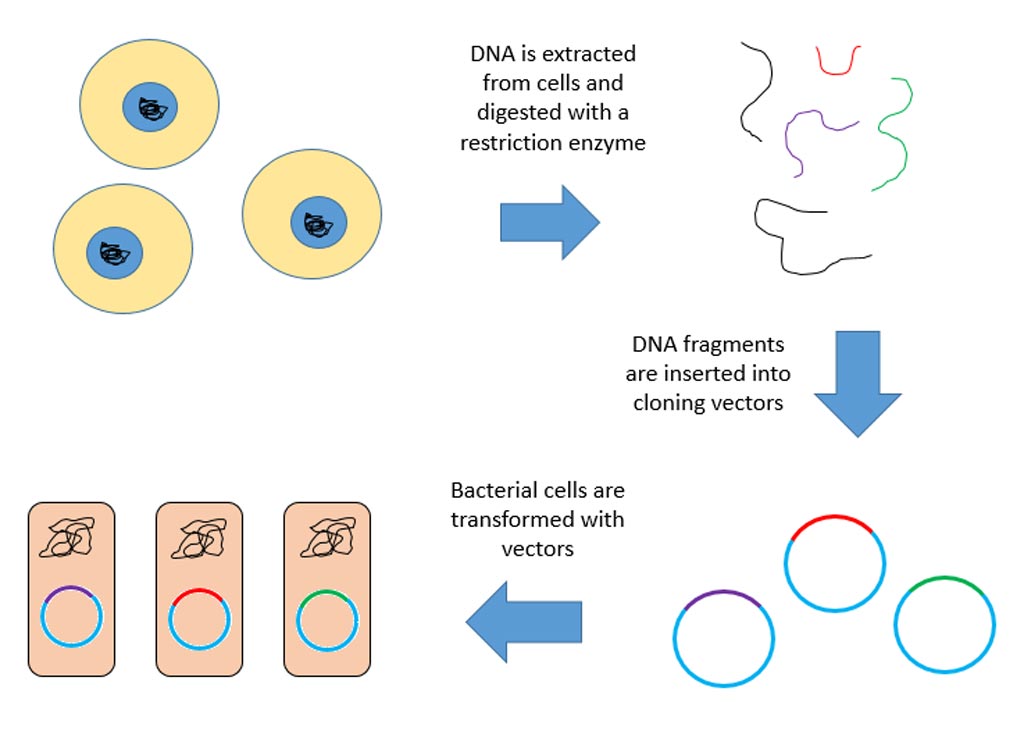Oligonucleotide Treatment Reduces Neurological Damage in Alzheimer's Model
By LabMedica International staff writers
Posted on 19 Dec 2017
Neurological damage in mice that had been genetically engineered to express human apolipoprotein E4 (APOE4) - a gene linked to increased risk of developing Alzheimer's disease - was significantly reduced by treatment with an antisense oligonucleotide.Posted on 19 Dec 2017
The apolipoprotein E gene is the strongest genetic risk factor for late-onset Alzheimer's disease. Previous studies suggested that reduction of apoE protein levels through genetic manipulation could reduce the pathology of the disease's Abeta plaques. However, it was not demonstrated how reduction of apoE levels after birth would affect amyloid deposition.

Image: Clumps of toxic Alzheimer\'s A beta protein (white spots) are scarcer in the brains of mice treated with an antisense oligonucleotide that targets APOE4 (top) as compared with those given a placebo (bottom) (Photo courtesy of Tien-Phat Huynh, Washington University School of Medicine).
To study the mechanism of apoE toxicity, investigators at Washington University School of Medicine (St. Louis, MO, USA) utilized an antisense oligonucleotide (ASO) to reduce apoE expression in the brains of APP/PS1-21 mice homozygous for the human APOE-epsilon4 or APOE-epsilon3 allele. The ASO or a suitable control material was injected into the brains of mice that were either newly born or of six weeks of age.
The investigators reported in the December 6, 2017, online edition of the journal Neuron that ASO treatment starting after birth led to a significant decrease in Abeta pathology when assessed at four months. In contrast, ASO treatment starting at six weeks - at the onset of amyloid deposition - led to an increase in Abeta plaque size and a reduction in plaque-associated neuron damage with no change in overall plaque load.
"Scientists have been interested in APOE for years but there are only a few examples where researchers have targeted it with a compound in living animals," said senior author Dr. David Holtzman, professor of neurology at Washington University School of Medicine. "Our findings indicate that APOE is not just involved in Alzheimer's risk and disease progression, but it could potentially be a real target for treatment or prevention."
"If you wanted to target APOE to affect the amyloid process, the best thing would be to start before the plaques form," said Dr. Holtzman. "But even if you start later, you still may reduce the amount of damage caused by the plaques. Now that we have shown that it is possible to target APOE, we can start figuring out the best way to do it."
Related Links:
Washington University School of Medicine







 assay.jpg)






